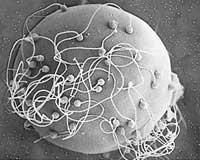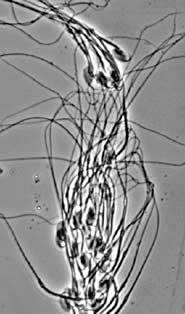Next in fridge
2001/02/11 Roa Zubia, Guillermo - Elhuyar Zientzia
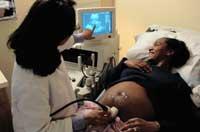
The genetic material itself is sacred. We mention it with pride, especially when we talk about what we have stored in ovaries or testicles. However, we all know that there are banks of eggs and sperm. They are sold and bought... donor search campaigns are made... they say. The subject is in the realm of mystery, but not out of ignorance, but because those who have used it do not talk about it.
In a gang the debate arose and we were asked a lot of questions. What about sperm? If they freeze in liquid nitrogen, how can they survive? What a subject! They deserve an articulito, both the themes and the gangs. Once the information is collected, we use a nearby sperm bank to contrast this whole theory with reality.
Why me?
There may be many reasons to leave sperm in the bank. Without consideration, it is often used to use your children in more appropriate times. Some couples with problems having children are engaged in artificial insemination on the most fertile days of women. It is also an opportunity for men who want to practice vasectomy. Sometimes, even those with testicular tumors, lymphomas, leukemia, or diseases of this type, can keep their child just in case of the risk of sterile from the treatment they have been given.
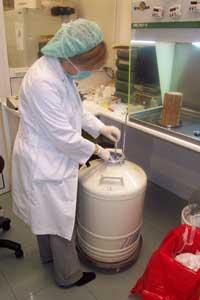
Both eggs and sperm and all living cells that want to stay alive in the laboratory for a long time should be frozen (cryogenization). Rather, they should be kept at low temperatures. Liquid nitrogen at -196°C is used for this purpose. In this environment there is no life. In addition, despite the warming of the cell so cold, it will not come back to life, otherwise, to resurrect dead people in Everest, it would only bring it to room temperature. But that's not enough.
Before freezing the donor sample is immersed in a mixture of substances. To this mixture are added, among others, the "protectors" of cryogenisation. Glycerol sperm freezer and egg yolk are used as a protective solution. The mixture, meanwhile, contains glucose and other components for optimal conservation.
The samples are cooled by controlling the temperature drop. In addition, before immersing themselves in the liquid, they are placed in the cold vapor that is detached from the nitrogen. In this process, due to osmotic problems or the mechanical effects of ice crystals generated in the environment, many cells can die. Only 50-60% of sperm is fruitful after the process.
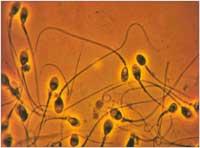
Survival depends on the technique used and the "quality" of the cell. Of course, sperm and eggs have not been designed to support such processes. Therefore, in the case of sperm, the sample is distributed in small containers, freezes and one of them quickly defrost. Thawing is subjected to a "sustainability test".
If the sperm of a donor does not significantly exceed the test, the entire sample is rejected. For the determination of sperm quality not only a sustainability test is performed. Other features are the number of sperm, mobility and appearance. But a donor, in addition to hope, is given many other analyses. The blood test is very important to know the blood group it belongs to and detect possible diseases. For years, for example, AIDS testing has become imperative. On the other hand, a psychological questionnaire is carried out in which data on family medical history and sexual behavior are collected.
Veterinary experience

Assisted reproduction is an ancient theme for veterinarians. It is a technique used in one way or another in traditional livestock farming. Stallion cattle are a typical example. Therefore, the techniques developed for this purpose have served as an example for the human case. The difference in favor of cattle is fertility. The bull is much more productive than man. The probability of fertilization of cows with frozen sperm is 90%.
By law, with the sperm of a donor you cannot create as many children as you want. The cause is the risk of endogamic problems. In general, half of the children born will be children. It is a statistically difficult amount to reproduce with each other and varies by region. For example, the maximum number of children authorized by donor in a center in Gipuzkoa is six.

Sperm banks conduct specific donor recruitment campaigns. It is usually demanded from universities so that many young and healthy people have knowledge of the call. Many donors are discarded if they do not have high-quality sperm.
Women have a fixed number of eggs throughout their lives and, over time, decrease and age. Therefore, by law, egg donors have the most demanding age limit, as only women between 18 and 35 can do so. The sperm quality of men does not normally vary with age and also occurs every three months. Men can be donors by law until age 50.
The bank customer cannot choose the physical characteristics you want. Taking into account the blood group, in each case the sample closest to the characteristics of the couple's man is used. You can't ask for a redhead child, with green or tall eyes... many times couples are not noticed that they have gone through the bank just by seeing their children.
Published in 7K

Gai honi buruzko eduki gehiago
Elhuyarrek garatutako teknologia





